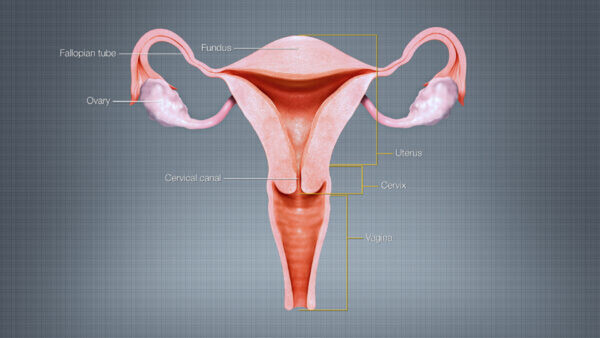Endometriosis is an insidious female reproductive disease. Statistics indicate that around 10% of women in Australia will suffer from endometriosis at some time in their life. It can take 7-12 years to diagnose; the delay in diagnosis leading to years of pain and discomfort.
Why some women develop endometriosis is not fully understood. One theory is that it may relate back to embryonic development. Another theory is that it is related to retrograde menstrual flow.
While endometriosis is characterised by endometrial tissue outside the uterus, mostly within the pelvic region, endometrial tissue can often be found in distant organs and tissue. Symptoms can occur across a range of body systems. The reproductive, genitourinary and digestive systems are common areas for inflammation and pain; along with nausea, vomiting and headaches. The chronic pain associated with this disease often leads to anxiety and depression.
Microbiome
Back in 2018 there was emerging evidence that many women who suffer from endometriosis have sub-clinical pelvic infections. Now research has shown that there is a difference between the microbiome of the ‘normal’ uterus and the uterus of women who have endometriosis. Bacterial lipopolysaccharides produced by microbes in the uterus promote an inflammatory response worsening pelvic inflammation and pain.
Targeted herbs and supplements may be used to correct dysbiosis in the reproductive tract (and gut).
Diagnosis
Currently diagnosis is through laparoscopy. While an ultrasound can detect endometriomas on the ovaries, it is not a definitive diagnostic tool.
Good news is there is currently a diagnostic blood test in development, which may be ready for release and general use within 2-5 years.
Pain and endometriosis – it’s complicated
There are 4 major components of pain associated with endometriosis:
- Pain from pelvic organs
- Musculoskeletal response to pain
- Sensitisation of pain pathways
- The psychological sequelae of chronic pain conditions
The role of the Naturopath
Endometriosis is a complex condition that needs a complex solution. There is no one-size-fits all answer. I work with patients to develop an individual treatment plan that suits each patient’s needs. I will work with you to manage the many symptoms associated with endometriosis.
Diet and Lifestyle
A low inflammatory diet forms an essential part of any treatment plan to manage endometriosis. Avoiding the following foods is a step in the right direction:
- processed foods, saturated fats, trans fats, gluten, dairy, aspartame and other artificial sweeteners, alcohol, and foods in the nightshade family (tomatoes, capsicum, potatoes, capsicum, chilli, cayenne, paprika, goji berries).
Wishing You Many Good Things
PS: To maximise the people I can help I have set up the Vim Vigour Vivacity Facebook page. I’ll be adding lots of useful information on health and wellbeing in general.Click on the link and like to be part of a group of people dedicated to having good health and lots of energy.


